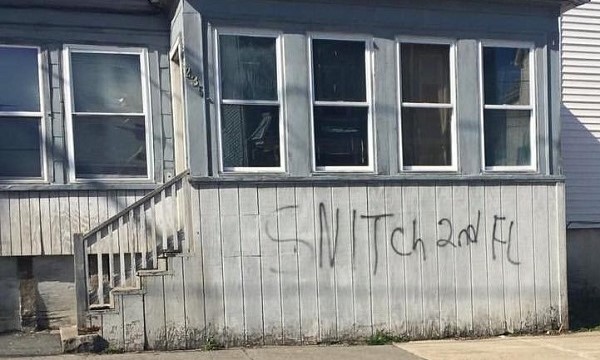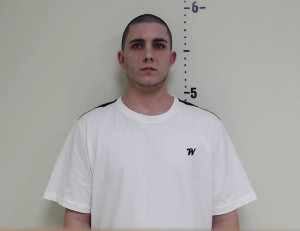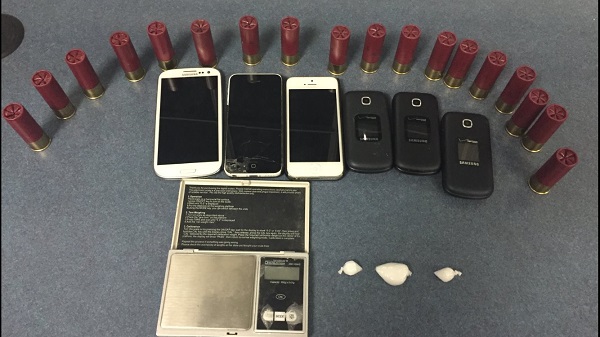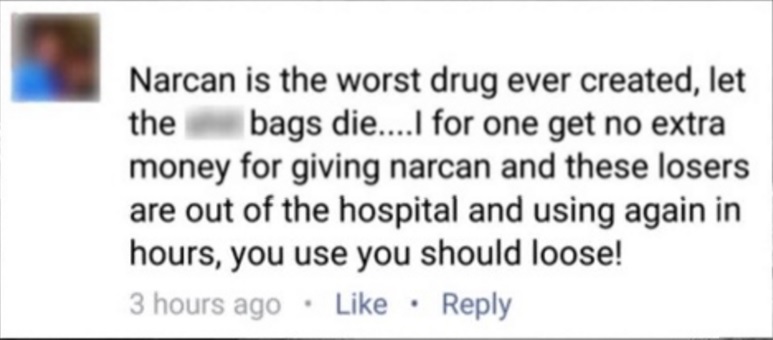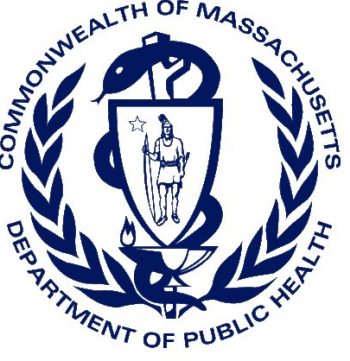With several hours to go in the current year, Massachusetts State Police have investigated 64 homicides across the state in 2015. State troopers, who investigate homicides in the vast majority of Massachusetts communities with the assistance of local police, have solved 47 of those, for a 73 percent clearance rate. The homicides run the full gamut of circumstances, from outdoor shootings at all times of day or night in urban areas to domestic homicides inside residences and those with a variety of other fact patterns.
State Police have jurisdiction over homicides in every city and town in Massachusetts except for Boston, Worcester, Springfield and Pittsfield (whose local departments handle their own death investigations). The homicide totals per county were as follow:
•Essex County, 15;
•Middlesex County, 12;
•Plymouth County, 11;
•Bristol County, 9;
•Suffolk County, 5 (not including Boston);
•Worcester County, 4 (not including city of Worcester);
•Cape and Islands, 3;
•Hampden County, 3 (not including Springfield);
•Norfolk County, 2.
Also this year, State Police detectives have responded to 755 fatal suspected heroin overdoses. Official cause of death in these cases is determined by the Office of the Chief Medical Examiner, but State Police classify them as suspected heroin overdoses because of evidence found at the scene, including drug paraphernalia, or statements of witnesses who were with the deceased immediately prior to death. Of the 755 suspected fatal heroin overdoses, 591 victims were male, 164, female. The average age of the victims was approximately 36 years. As with the homicide investigations, state troopers respond to all unattended deaths in every community in Massachusetts except Boston, Worcester, Springfield and Pittsfield, underlying the fact that the problem of heroin addiction knows no geographic boundaries. State Police narcotics units continued to conduct numerous significant drug interdiction operations throughout the past year, ranging from street-level arrests to long-term investigations that dismantled sophisticated drug trafficking organizations.
Of those 755 suspected overdose deaths, the county breakdown is as follows:
•Middlesex County, 142;
•Essex County, 130;
•Bristol County, 108;
•Plymouth County, 94;
•Norfolk County, 88;
•Worcester County, 68 (not including city of Worcester);
•Cape and Islands, 41;
•Hampden County, 37 (not including Springfield);
•Suffolk County, 23 (not including Boston);
•Hampshire/Franklin Counties, 18;
•Berkshire County, 6 (not including Pittsfield).
Also thus far in 2015, State Police have made 3,865 arrests of drivers operating under the influence of alcohol or narcotics. Interdiction of impaired operators has always been a core mission of the State Police. The vast majority of OUI arrests were made by road troopers assigned to 39 barracks across the state, and during sobriety checkpoints held on many weekend nights.
The State Police Violent Fugitive Apprehension Section (VFAS) has cleared approximately 4,050 criminal warrants in 2015. Among those were more than 2,760 arrests of wanted suspects, registrations of sex offenders, or locates of suspects in other states. Of the arrests, VFAS troopers have apprehended 45 people on murder warrants this year (including seven in December alone). VFAS troopers have also seized 27 guns and made dozens of narcotics seizures as well.
Some other statistics from 2015 are below:
•The State Police Air Wing has flown 1,306 missions in 2015, including routine patrols, searches for fleeing suspects or missing persons, and overflight support for security at large-scale events and critical incidents;
The State Police K-9 Section has deployed on 3,113 missions, including tracks of fleeing suspects or missing persons, evidence searches, and patrol and security activities;
•The State Police Underwater Recovery Unit has deployed 240 times, including rescue and recovery dives, evidentiary searches, and security sweeps;
•The State Police Special Tactical Operations Team (STOP Team) deployed for 191 missions, including tactical entries for high risk arrests and search warrants, barricaded armed suspects, and various security operations. The STOP Team also continued its training of local and university police departments throughout Massachusetts in how to respond to active shooter incidents, training 1,489 police personnel from 33 other agencies in 2015.
The missions by the Air Wing, K-9 Section, STOP Team, and Underwater Recovery Unit were in support of State Police incidents and cases and also in support of numerous local police departments.
Additionally, a new class of State Police recruits began intensive physical, academic, and procedural training at the department’s Academy in New Braintree this past fall. The nearly 160 trainees will graduate in April.
“I am extremely proud of the strong work done by the members of the Massachusetts State Police throughout the past year,” stated Colonel Richard D. McKeon, superintendent of department. “The men and women of this department worked around the clock, every day and night, to protect the lives, safety and property of everyone who lives, works and travels through our state. I thank them profusely. We embrace our responsibility to do it all over again in 2016.”
The Department of State Police marked its 150th anniversary in 2015. The agency that would grow into the State Police, the State Constabulary, was established in 1865, several weeks after the end of the Civil War. Many of the department’s first officers were Union Army veterans.

